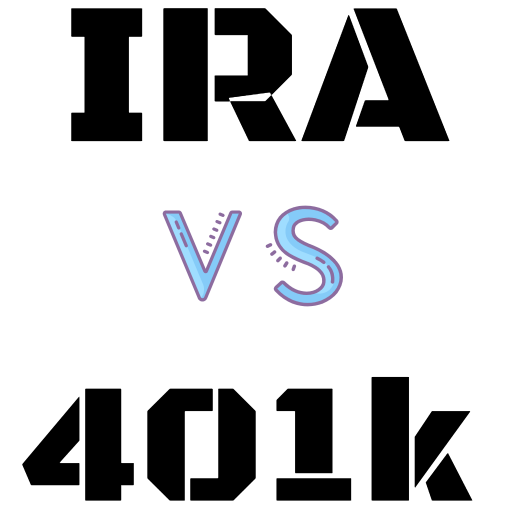
As we near the end of 2020, there are several year-end planning issues for financial advisers and investors to review. Year-end planning is always important, but it might be a bit more important this year with all of the turmoil that has occurred on various fronts. Here are some year-end planning issues to address.
Roth Conversions
Many experts have pointed to 2020 as the “perfect storm” for Roth conversions. Tax rates are at low levels due to the tax reforms passed at the end of 2017. This may or may not continue under a Biden administration, so this might be the best year for clients considering a Roth conversion to do one.
With the RMD waiver that is in place for 2020, any conversion to a Roth will reduce an investor’s required minimum distributions for future years, all else being equal. To the extent that they convert the amount that they would have been required to take as their RMD for 2020, they will be paying the same level of taxes they had anticipated on this income prior to the waiver.
Charitable Contributions
The end of the year is generally a time when clients think about making charitable contributions. As part of the CARES Act, the amount donated to charity can be used to offset up to 100% of your client’s 2020 adjusted gross income if they are able to itemize. Normally the amount that can be offset is limited.
This offers a number of tax planning options for clients who are charitably inclined. It might make sense for clients to make additional contributions in 2020, versus spreading them out over several years, in order to take full advantage of these higher deduction limits. This could be the case especially in situations where your client earned a higher level of income than normal in 2020.
This has been a good year for a number of tech stocks and other equities. For clients with low basis positions in holdings that are now highly appreciated, using some of these shares to make charitable contributions can be a tax-efficient way to make donations. Not only will they receive a charitable deduction if they are able to itemize; they will avoid capital gains taxes that would be due if the shares were sold.
Medicare Annual Enrollment
For clients covered by Medicare, the annual enrollment period extends through Dec. 7. This is the one time during the year in which they can adjust their coverages. Be sure to work with clients who are on Medicare to ensure that they review their current options against their anticipated needs for the coming year. This might include reviewing any changes in their current coverage under a Medicare Advantage plan or other supplemental coverage.
Retirement Plan Contributions
With the end of the year approaching, this is a good time to check on your client’s status in terms of retirement plan contributions. Are they on track to fully fund their 401(k) or other workplace retirement plan? For those that are self-employed or who have self-employment income from a side gig, can they contribute to a self-employed retirement plan like a solo 401(k), a SEP-IRA or a SIMPLE IRA? This impacts not only your client’s retirement planning but is an important component in their year-end tax planning as well.
This is also a good time to discuss contributing to an IRA. Even if they can’t make a pre-tax contribution to a traditional IRA, they may be eligible to make a Roth IRA contribution depending upon their income. Regardless of their income they are still eligible to contribute to a traditional IRA on an after-tax basis.
Estate Planning
This is a good time to review your client’s estate planning situation to ensure that everything is up to date and reflects their current situation. This is an important year-end planning step every year, but it takes on a bit more importance this year in light of the COVID-19 pandemic.
Has anything changed in your client’s life? Did they get married or divorced? Did they lose a spouse? Did they have a child during the year? These and other family situations might dictate changes in your client’s estate planning needs.
This is always a good time to ensure that beneficiary designations on retirement accounts, life insurance policies and annuities are current and that they reflect the desires of your client. It’s also a good time to ensure that any trusts your client may have created during the year are properly funded so they function as intended.
Tax Planning
With tax rates at their current low levels, 2020 is a good year to consider recognizing income that might be taxed at a higher rate in subsequent years. If your client has room in their current tax bracket they might consider recognizing income to “fill up their bracket” for this year. This could include exercising stock options this year as opposed to waiting until a future year.
Do they have any tax-loss carry-forwards they can use to offset income this year? These losses might be useful in helping them reposition investments or could be used to offset some of the income from a Roth conversion.
While you certainly do planning with your clients throughout the year in various areas, the end of the year is a good time to be sure that all relevant planning issues have at least been discussed so any actions that are required can be taken. This is a good way to end the year and to be sure that your client starts out 2021 well-positioned for the future.
